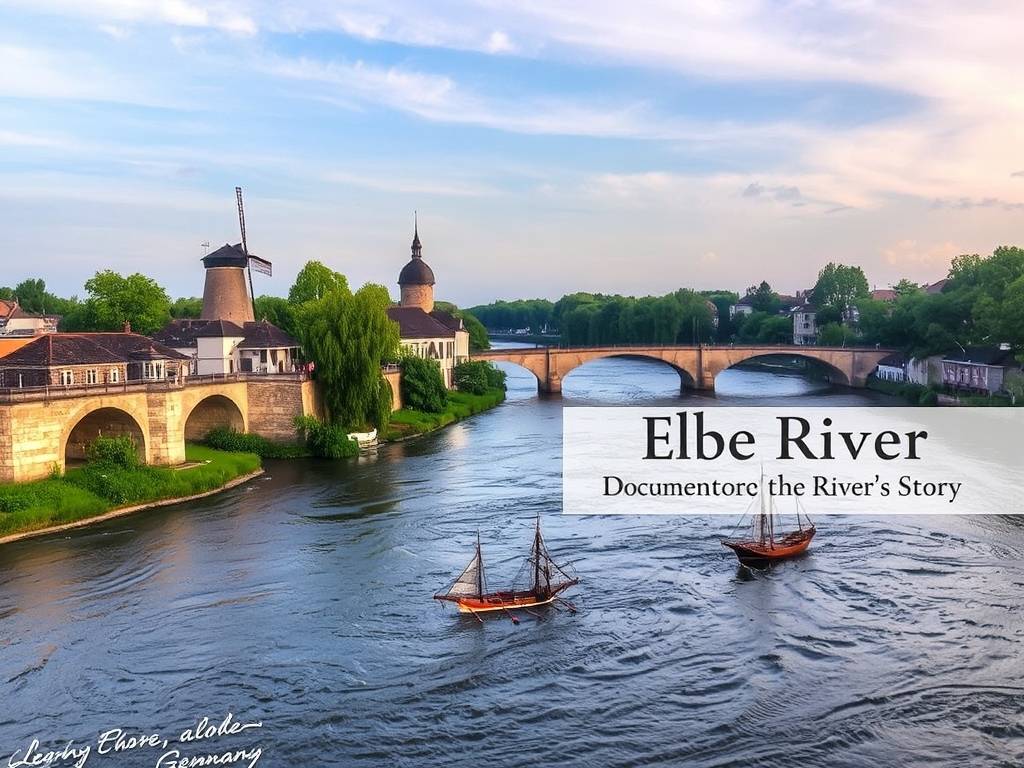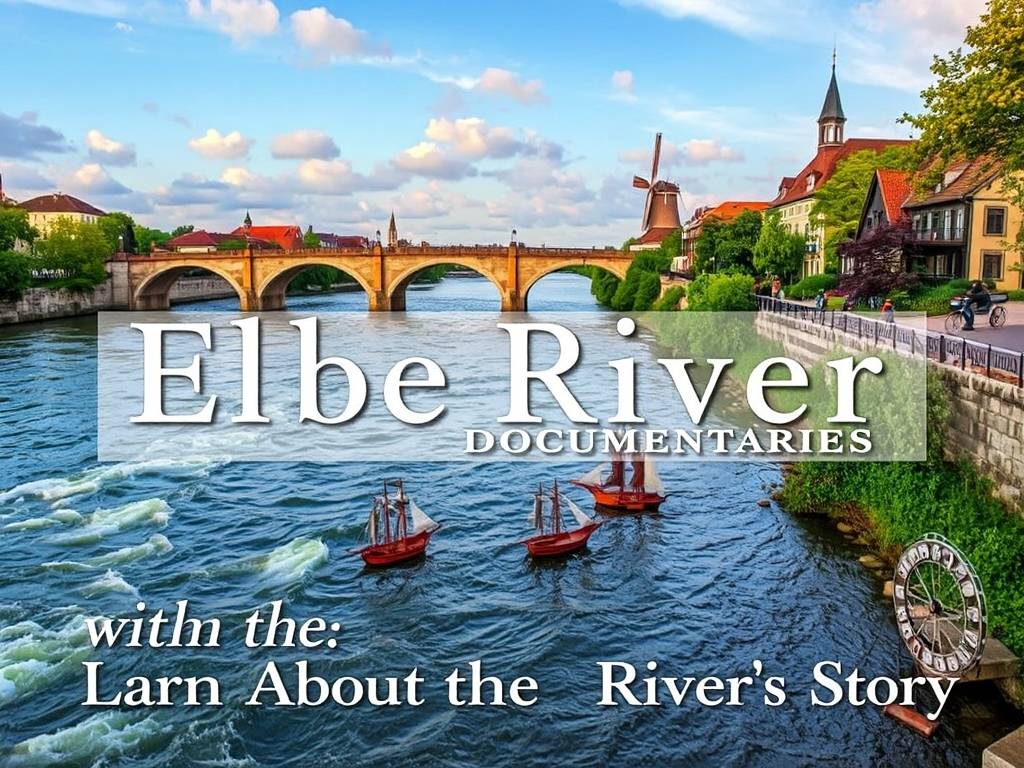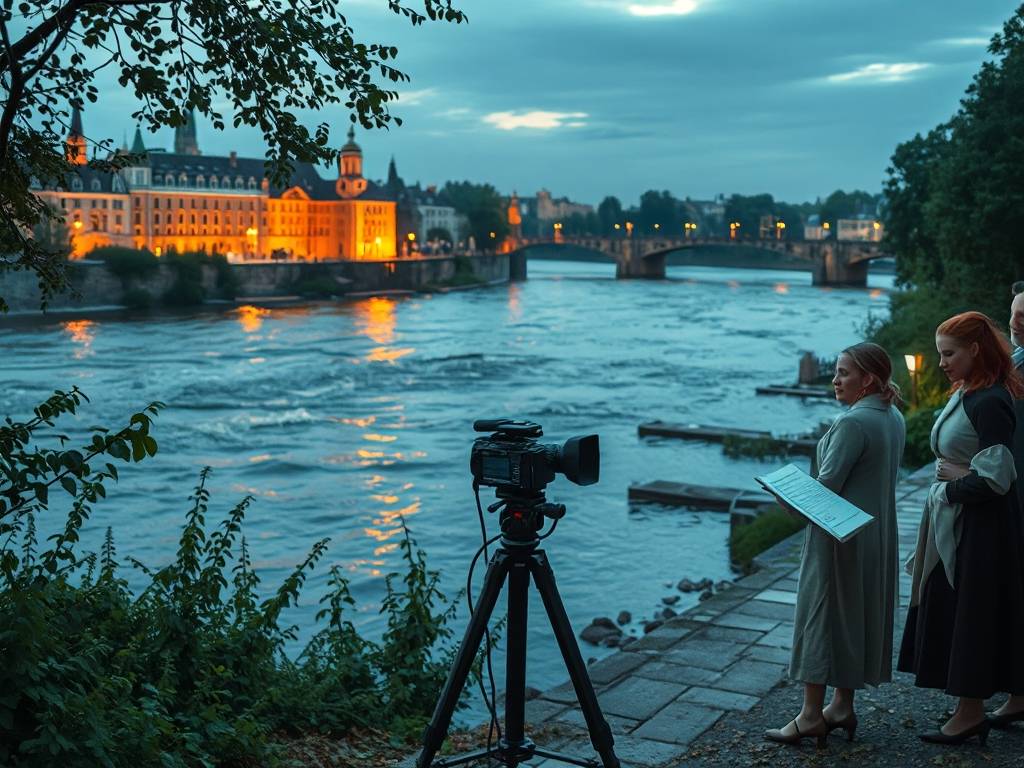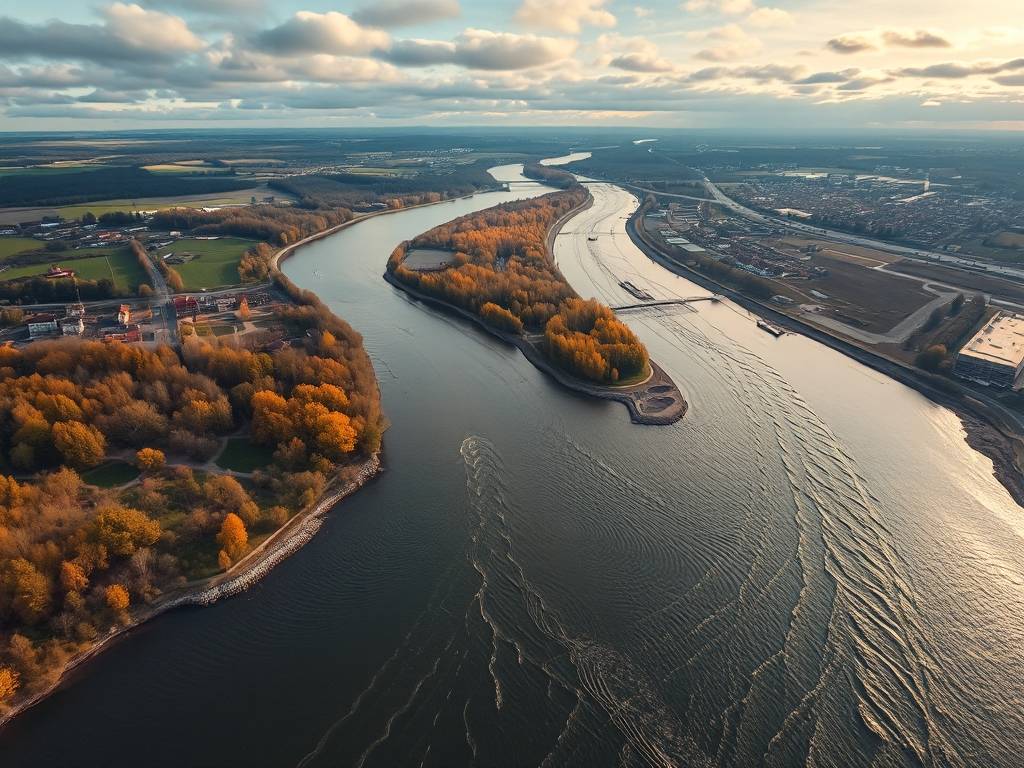Global Travel Information
Elbe River Documentaries: Learn About the River’s Story
The Elbe River: A Liquid Chronicle Unfolded Through Documentaries
From the rugged, windswept peaks of the Krkonoše Mountains in the Czech Republic to the vast, dramatic estuary that empties into the North Sea at Cuxhaven, Germany, the Elbe River carves a path through the very heart of Europe. More than just a body of water, it is a living, flowing chronicle. Its currents whisper tales of emperors and fishermen, of artists and soldiers, of division and reunification. For anyone curious about this iconic river, documentaries offer a uniquely powerful and immersive window into its soul. They don't just show you the Elbe; they let you experience its story.
So, why choose a documentary to learn about the Elbe River? The answer lies in the medium's ability to blend stunning visual grandeur with intimate human narratives. A book can describe the Saxon Switzerland National Park's sandstone pillars, but a film lets you watch the morning mist cling to their peaks, hear the call of a peregrine falcon, and feel the vertigo of a climber scaling their heights. A historical text can list the dates of the Thirty Years' War, but a documentary can show you the preserved battlements of Königstein Fortress, a silent witness perched above the river, and explain its role through evocative reenactments and expert commentary. This multi-sensory journey is what makes exploring the Elbe through film so compelling.

A Journey from Source to Sea: The Scenic and Ecological Elbe
Many of the most breathtaking documentaries on the Elbe River structure their narrative as a journey, mirroring the river's own flow. These films are perfect for those asking, "What is the natural landscape of the Elbe like?" They often begin at the source, a small, spring-fed pool in the Czech Republic, where the river is little more than a trickle. We learn its Czech name, the Labe, and follow it as it gains strength, tumbling through forests and past the charming city of Děčín.
As it crosses into Germany, the landscape begins to transform, and this is where filmmakers capture some of the most iconic visuals. The section known as the Elbe Sandstone Mountains, or Saxon Switzerland, is a frequent star. Documentaries dedicated to exploring the natural beauty of the Elbe River Valley will spend considerable time here, using drone footage to showcase the breathtaking panorama of the Bastei Bridge and the deep gorges. The keyword here is often "unique ecosystem," and for good reason. This area is a haven for rare flora and fauna, a story best told through the lens of a camera.
Moving northwest, the river flattens, meandering through a landscape shaped by its own waters. This is the Elbe River Biosphere Reserve, a UNESCO-recognized area that is one of the most vital wetland habitats in Central Europe. Documentaries focusing on Elbe River wildlife documentaries and conservation efforts are crucial here. They introduce us to the cast of characters that call the river home: the majestic white-tailed eagle soaring overhead, the shy beaver engineering its lodges on the banks, and the massive schools of fish that navigate its depths. These films don't shy away from the challenges, either. They address the environmental challenges facing the Elbe River, such as historical pollution and modern agricultural runoff, while also highlighting the inspiring work of scientists and volunteers working to clean and protect this vital waterway. For anyone interested in sustainable travel along the Elbe, these documentaries provide both inspiration and a sobering sense of responsibility.
The River of History: From Holy Rome to a Divided Europe
If the upper Elbe is about nature's drama, the middle and lower stretches are about human drama. The river has been a central artery of trade, culture, and conflict for over a millennium. A different category of documentaries tackles this rich tapestry, answering the question, "What is the historical significance of the Elbe River?"
In cities like Dresden and Meissen, the story is one of breathtaking artistry and devastating destruction. Films about Dresden's Baroque architecture and the Elbe showcase the city's glorious past as the "Florence on the Elbe," with its Zwinger Palace, Semper Opera, and magnificent church domes lining the riverbanks. This makes the subsequent footage of the city as a smoldering ruin after the World War II bombings all the more powerful. The river itself is a silent witness in these scenes, reflecting the flames and later, the decades of painstaking reconstruction. This narrative is a poignant chapter in the history of the Elbe River in European conflicts.
Further downstream, Magdeburg and Wittenberg hold their own historical weight. Documentaries might explore Magdeburg's importance in the Holy Roman Empire or Wittenberg's role as the epicenter of the Protestant Reformation, where Martin Luther famously nailed his theses to the church door. The river was the highway that carried these revolutionary ideas across the continent.
However, no historical account of the Elbe is complete without addressing its most defining modern role: as a border. After World War II, the river formed part of the Iron Curtain, the brutal dividing line between East and West Germany. The phrase "The Elbe River as a Cold War border" is a central theme in many serious historical documentaries. They tell the stories of families separated, of daring escapes across the water, and of the tense standoff between two worlds. The most powerful moment in this narrative, and a common climax in such films, is the meeting at the Elbe River in 1945 documentary footage, where American and Soviet soldiers famously clasped hands at Torgau, a brief moment of hope in a shattered world. This event stands in stark contrast to the division that followed, making the final act—the fall of the Berlin Wall and the reunification of Germany—a deeply emotional resolution. The river, once a symbol of separation, became a symbol of unity again.
Experiencing the Living River: Culture and Travel Today
Beyond nature and history, the Elbe is a vibrant, living cultural space. A third genre of documentaries answers the practical and curious questions: "What is it like to travel along the Elbe today?" or "What is the cultural life along its banks?"
These are often lighter, travelogue-style films that are perfect for planning a future trip. They showcase the popular Elbe River cruise documentaries, taking viewers on a virtual journey aboard a paddle steamer or a modern riverboat. We glide past vineyard-terraced slopes in the Saxony wine region, explore the grand port city of Hamburg with its stunning Elbphilharmonie concert hall, and stop at quaint medieval towns like Tangermünde. These films are a treasure trove of tips for visiting Elbe River landmarks.

They also dive into the contemporary culture. We might visit a traditional fisherman in the Spreewald region, learning about his sustainable methods—a great example of a long-tail keyword like "traditional fishing methods on the Elbe." We could be taken inside a coffee roastery in the historic Speicherstadt warehouse district of Hamburg, whose goods once arrived via the river. Or we might experience a folk festival in a riverside village, showcasing traditions that have endured for centuries. This category of documentary beautifully connects the river's past with its dynamic present, presenting it not as a relic but as a thriving, evolving entity.
In conclusion, the story of the Elbe River is too vast, too layered, and too deeply human to be captured in a single book or article. It is a story best told through movement, sound, and image. Whether you are drawn by the call of an eagle in a biosphere reserve, the haunting beauty of a rebuilt Dresden church, the tense history of a Cold War crossing point, or the simple pleasure of a boat cruise past castle-dotted hills, there is a documentary that maps perfectly to your curiosity. By seeking out these films—from sweeping historical epics to intimate ecological portraits—you embark on your own journey. You learn that the Elbe is not just a line on a map, but a relentless, flowing force that has shaped, and continues to shape, the land, the wildlife, and the people it touches. Its story is still being written, and documentaries offer us a front-row seat to the ongoing narrative.
相关文章
- Elbe River Time-Lapse Videos: Watch the River Change Over Time
- Elbe River TV Shows: Episodes Filmed Along the Banks
- Elbe River Podcasts: Listen to River-Related Content
- Elbe River Radio Stations: Local Music Near the Water
- Elbe River Newspapers: Local News Along the Banks
- Elbe River Magazines: Local Publications to Read
- Elbe River Blogs by Locals: Insider Tips from Residents
- Elbe River Expats’ Guides: Advice for Foreign Residents
- Elbe River Students’ Guides: Tips for International Students
- Elbe River Workers’ Guides: Commuting & Workspaces Near the River
发表评论
评论列表
- 这篇文章还没有收到评论,赶紧来抢沙发吧~


